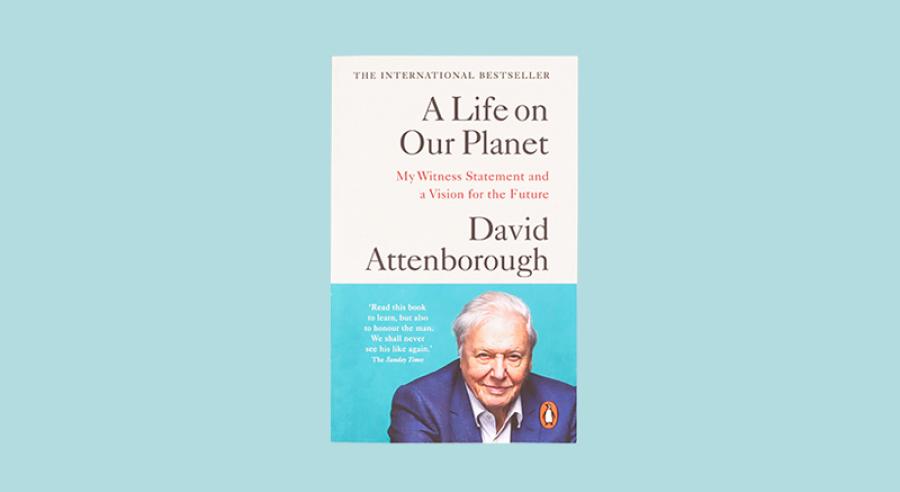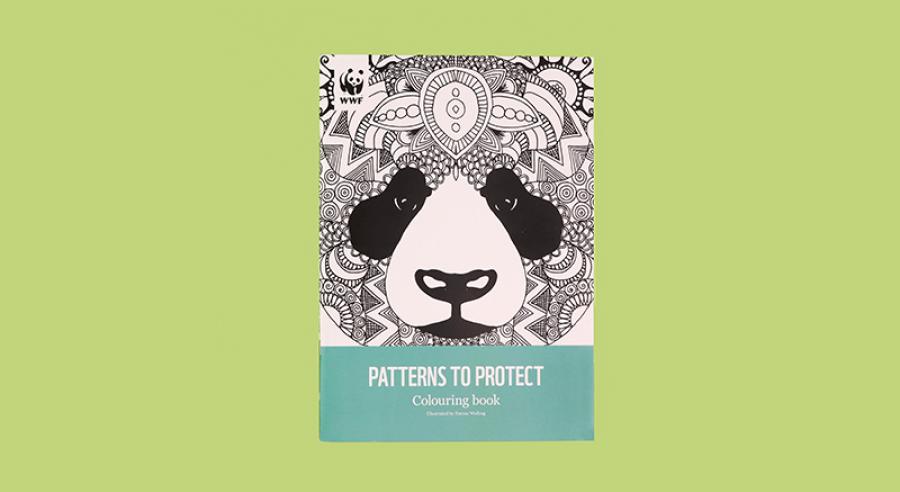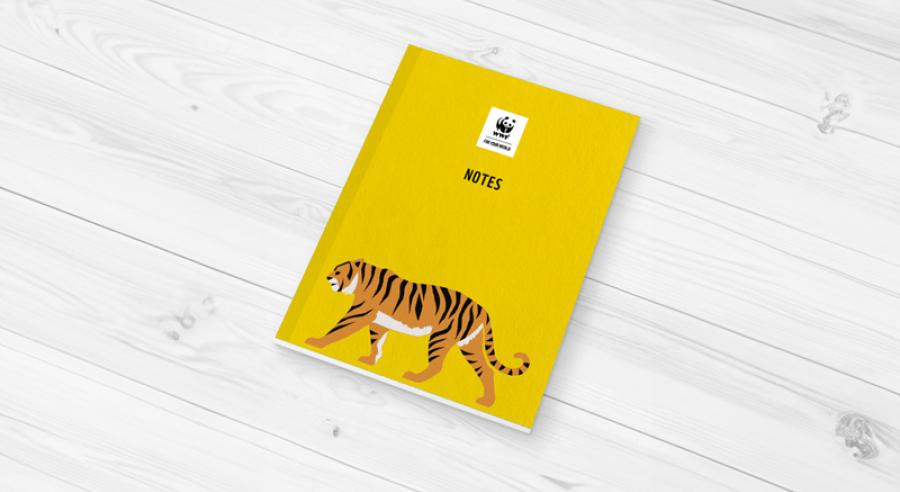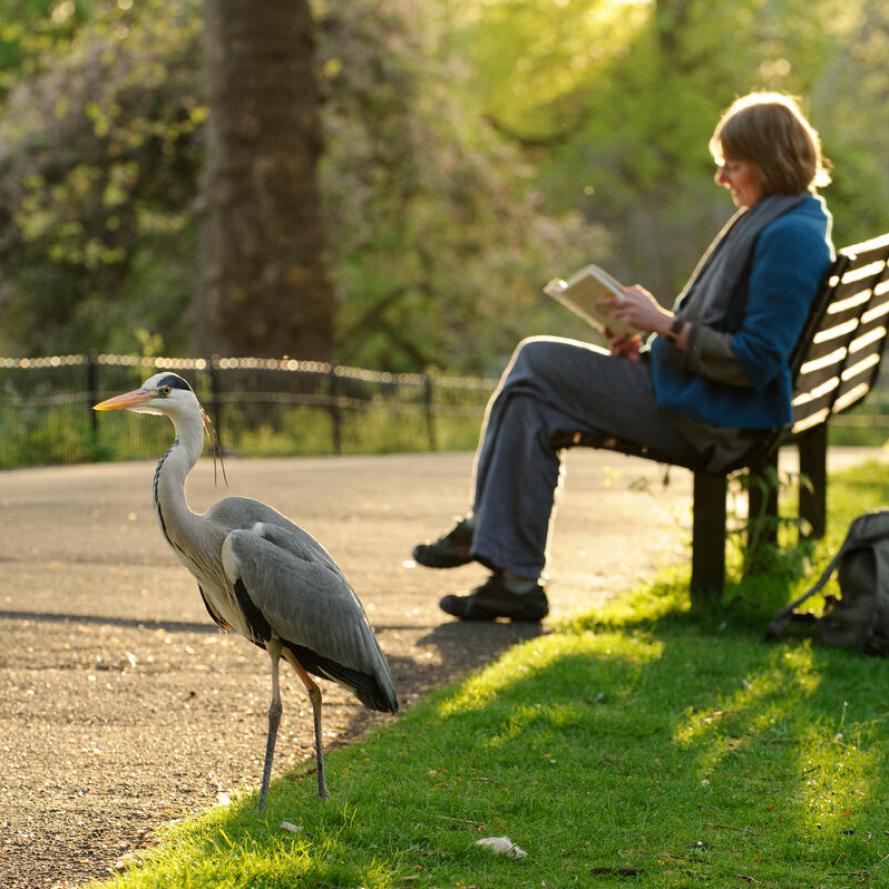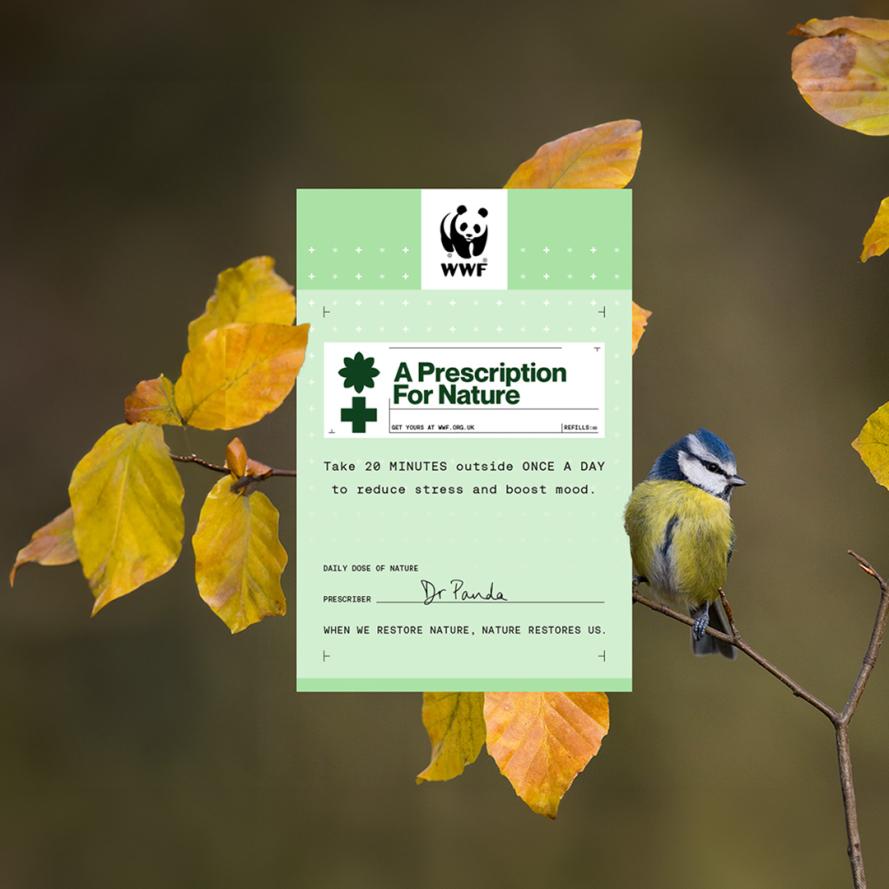

Mindful Moments


Enjoy taking things a little more slowly? Connect with nature in meaningful ways, at your own gentle pace.

Fresh air and fresh outlooks
Being mindful helps us become more aware of our thoughts, feelings and surroundings at any given moment. The more we do it, the better we get at noticing things. That’s wonderful when it comes to our interactions with nature, because it helps make our encounters so much richer.
Just as we use tools in the garden, we can use mindfulness as a tool to help us when we feel overwhelmed. It brings our attention back to the present and helps us put our thoughts in perspective. As we see more and sense more, it also deepens our connection to the living things around us.
Allowing ourselves quiet time to reflect on the natural world does us a world of good. As we invite nature in, we send worries and stresses away.

Stay open to encounters
Meaningful moments in nature can happen anytime, anywhere. It could be a big thing we’ve been planning for ages, or something small that takes us by surprise.
The better we get at noticing these moments with nature, the more benefits they’ll bring to our wellbeing. More time, particularly more observant time, in the natural world is the key that unlocks natures power to heal. Whether it’s a quick lunchtime picnic, fruit-picking, or a night of stargazing, there’s no activity that a bit of mindfulness can’t improve.
Get your daily dose
Take a sensory safari
We experience a lot more nature than we realise. With a bit of practice, we can become much more aware of it and get better at using it to ground us in the present. One way to do this is with a sensory safari.
If you can, find a quiet green space outdoors. You can sit and observe, or move around at a gentle pace. When you’re settled, choose one (or more) of your available senses and hone in.
What can you hear?
Actively listen to the individual sounds in your environment – birdsong, flowing water, rustling leaves. Can you pick up on three that are being made by nature? Can you follow them to their source?
What can you smell?
Take some deep breaths in through your nose. What natural scents can you detect? You may find sweet and floral notes, rich and earthy ones, or the salty, fresh smell of the sea.
What can you feel?
As you explore, reach out and touch three natural things – a glossy leaf, the knotted trunk of a tree, cold stone or wet raindrops. Notice their different textures and take a moment to reflect on how each one makes you feel.
What can you see?
Look out and choose three natural things in your view – a single flower, a bird, insect or cloud. Focus on them one at a time and consider their shape, colour and size. Do they connect to each other in any way?
Sensory safaris are a fantastic way to bridge the gap between ourselves and the natural world. They can bring us closer to nature in the physical sense, but also in an emotional one. By opening our eyes to the life around us, our gratitude for all living things grows stronger.
Make art with nature
The natural world is a wonderful muse that can inspire our creativity in extraordinary ways. Experience the joy of expressing yourself by collaborating with nature to make some art.
- Spend a few minutes quietly observing a nature-rich scene, or a natural object.
- Reflect on it and ask yourself a few simple questions: What elements are you feeling drawn to? What colours or textures do you find most appealing? What shapes and forms can you pick out?
- Take the things that you find most stimulating, gather your tools, and let your imagination take over.
- You might prefer to paint, draw, sculpt, or collage, but it’s always interesting to experiment with something you’ve not tried before.
- Allow your mind to be taken over by the creative process and remember not to judge your work.
- Enjoy the sights and sensations of making – the flow of your brush, the sound of pencil on paper, the mixing colours.
- When you’re finished, step back to admire your achievement and say thanks to nature for helping you unlock your creativity!
If you need a quicker dose of mindful artistry, keep a nature-themed colouring book on hand.
Tune into nature’s soundtrack
For a simple but seriously effective dose of nature, listen to some natural soundscapes.
These audio recordings of the natural world are soothing to our soul and can encourage our mind, muscles and heart rate to relax. Take some quiet time for yourself and tune in.
- Select a track that appeals to you. You can choose from wild environments like rainforests, woodlands and open seas, or surround yourself with storms, birdsong or the gentle crunching of autumn leaves. Explore our Soundscape series on YouTube for inspiration.
- As you listen, see if you can notice patterns. The slow, steady rhythms of wind, rainfall and waves can be of great comfort to us.
- Reflect on what sounds stand out to you, or if any hold more meaning than others. Certain sounds can trigger happy memories of times we spent in nature in the past.
If you don’t have time to sit quietly, you can use these natural soundscapes as a backdrop to your day.
- While you go about your to-do list, take 30 seconds to listen in, pick out three sounds, then carry on with your tasks.
- If you’re a podcast listener, or stream music regularly, try swapping in wild sounds once a week to see what effect it has on your mood.
- If you can wear headphones while you work, inject a ‘green power hour’ into your morning or afternoon.
- At the end of a long day, lie down and let the sounds of nature send you off to sleep.
Meditate with nature
While meditation has all kinds of relaxing benefits, adding nature into the mix can calm us even more. If we’re seeking a mindful escape, guided nature meditation can transport us to jungles, forests, oceans and deserts all from the comfort of our own home (or wherever we take our headphones). It involves listening to a recording and following some simple instructions.
Try to incorporate a meditation session, however long or short, into your daily routine. It’s a flexible activity that can be done anytime, anywhere. Try it during a commute (as long as as you’re not driving, of course), over a cuppa, during a lunch hour or right before you go to bed.
- A gentle voice will guide you on a journey and direct your attention to different sounds you hear. These could be things you recognise, like birdsong, rustling leaves, or running water. They could also be more abstract, like high-pitched notes or deep, vibrating chords.
- You might be encouraged to use your imagination to feel sensations like warm sunshine or a soft breeze.
Our guided meditation ‘Step into the Forest’ with Miranda Richardson is a great place to start.
Seek out the sun
Sunlight has a superpower when it comes to our mental health. Its serotonin-making rays can energise us, focus us, and make us feel happier overall.
Whether you’re an early bird or a night owl, choosing to start or end your day with the sun can be a wonderfully calming activity. You can do this inside (from a window) or outdoors. All you need is a view and a few moments to sit back and watch.
Simple as it is, this quality time with the sunshine can put you in a great frame of mind for the day ahead, and is a brilliant way to relax your mind before bed. Don’t be put off entirely if the clouds get in the way – watching the weather is still a great exercise for settling our minds.
- Set your alarm for the ‘golden hour’ (the first hour after sunrise and the last hour before sunset) and settle in with plenty of time to enjoy the spectacular colours of the changing sky.
- As the light rises or fades, observe what is happening in the space around you. Does it highlight objects in ways you haven’t noticed before? Does it create shapes from the shadows, cause reflections, or change the appearance of different surfaces?
- Try to pay attention to what sensations you experience as the sun’s light and warmth comes and goes. How does this make you feel? Take some slow, deep breaths and let these thoughts gently drift away.
Remember that sunshine safety is very important! Never look directly at the sun and always protect your skin with sunscreen.
Wonder at the weather
The weather behaves in all sorts of fascinating ways that can affect our mood. You might know why the summer sunshine makes us happier, but did you know that embracing the weather during all seasons is a wonderful way to recharge us – especially if we’re feeling tired or low?
So step outside – rain or shine – and find a quiet spot (the greener the better):
- Look up, take a few deep breaths and let your shoulders relax.
- Observe the sky for a few moments and notice the shifting clouds, the light and the colours.
- Allow your thoughts to arise, then calmly pass.
- Close your eyes and hone in on your senses. What can you feel? Are there raindrops falling on your skin? Are you warmed by the sun’s rays? Is your hair and clothing being moved by the breeze?
- As your senses wake up, tune into the things you can hear, smell and taste in the air. Scan your surroundings and notice how the weather is affecting the environment around you.
- Finally, bring your attention inwards and consider how the weather is affecting you today. Has it changed your mood at all? Ask yourself if you feel any different now compared to when you first stepped outside.
Becoming aware of the weather is not only a helpful mindful exercise, but an eye-opening one that can positively change our relationship to the world around us. Plus, it’s amazing what a simple change of scene and a few moments of calm can do.
Gaze at the night sky
Quiet, beautiful nights can bring us a great deal of peace. But the stars ignite our sense of wonder like nothing else. Stargazing is something you can do all year round and doesn’t require any special equipment.
If you’re new to stargazing, autumn is a good time to start. It strikes just the right balance between dark, clear nights and not-yet-freezing temperatures.
- Be prepared if you’re going out in the cold. Wear sensible clothing, bring blankets, carry a torch and take a flask of something warm.
- Once you’ve reached your star-gazing destination, choose a safe place.
- Lie back and let your eyes adjust. Then, take a few deep breaths as you take in the big picture.
- Admire the expanse of sky above you. Count the stars. Do some seem brighter, closer together, or more twinkly than others? The longer you look, the more you’ll see.
- As you gaze up, ask yourself how this experience makes you feel. Invigorated? Amazed? Notice if any questions arrive in your mind. Don’t try to answer them, simply let them pass.
- You may see constellations that you recognise like the Plough (also called The Saucepan or Big Dipper) and Orion’s Belt. There are guides that can help you learn more. If you’re with a friend, why not have fun making up your own?
If you’re unable to get outside, or star-spotting is difficult in your area due to light pollution, there are other objects in the night sky to enjoy.
Moon-watching is also a wonderful pastime that can be done from any window – a good pair of binoculars will improve your experience.
Pick your own fruit and veg
Fruit picking is a delightful way to spend a day. The combination of fresh air, a focused task and physical activity is fabulously stress-reducing. Plus, it gets us hands-on with our food and reminds us where it really comes from.
There are lots of places that welcome people wanting to pick their own produce. It’s well worth looking up which local farms (including city farms), orchards and garden centres offer it. It’s a chance to support a nearby business and your wellbeing at the same time.
- Grab a basket and take a stroll among the crops on offer. Depending on the season, you can find anything from strawberries, tomatoes, apples and plums to blackberries, gooseberries, potatoes and pumpkins.
- As you walk among the crops, take time to observe your surroundings and engage your senses.
- Notice how different foods are grown – do they come from the ground, a bush, or hang from vines?
- Admire all the natural colours around you.
When you’ve had your fill, it’s time to head home and enjoy what you have picked.
As you prepare the fresh produce you’ve found, reflect on the experience you’ve had that day. Ask yourself:
- What moments stood out most to you?
- How did you decide what to pick?
- How did being so directly connected to nature make you feel?
Serve up your dish and let the sense of accomplishment sink in.
Create a nature journal
Writing a journal is a good way of capturing our thoughts at any given moment. It involves writing down our experiences and the way we feel about them. It supports our mental wellbeing by allowing us to express ourselves. It can help us discover what things cause positive or negative reactions in our minds.
You might not find it easy to jump straight into keeping a journal, and that’s where nature can help. Using your natural surroundings to inspire your first journal entries is a great place to start.
How you record your experiences is up to you. You can write them down, draw pictures or record yourself speaking. You can use a pen and paper, a phone or a computer – whatever suits you best.
- Go for a short walk or observe nature from a window.
- Take a few moments to settle, then mindfully observe your surroundings for as long as you like.
- When you’re ready, ask yourself a few easy questions and note down your answers:
- What did you see in your surroundings? Was there anything interesting or unusual?
- What was the weather like?
- What did you hear, touch or smell?
- How was your mood when you started compared when you finished?
- What three good things in nature did you notice today?
- Try not to judge what you’re writing and don’t shy away from exploring all your feelings.
Even simple questions like these can have a positive effect on our mental wellbeing. With practice we become even better at noticing the things that make our days happier. That means we become more grateful for them, too.
If you aren’t able to get outdoors regularly, you can always journal about trips you’ve taken in the past. These can take the form of a poem, letter, a picture, or anything else you like.
"I have really been working on meditation, and I find that bird sounds really just ground me."
WWF supporter
Shop the nature collection
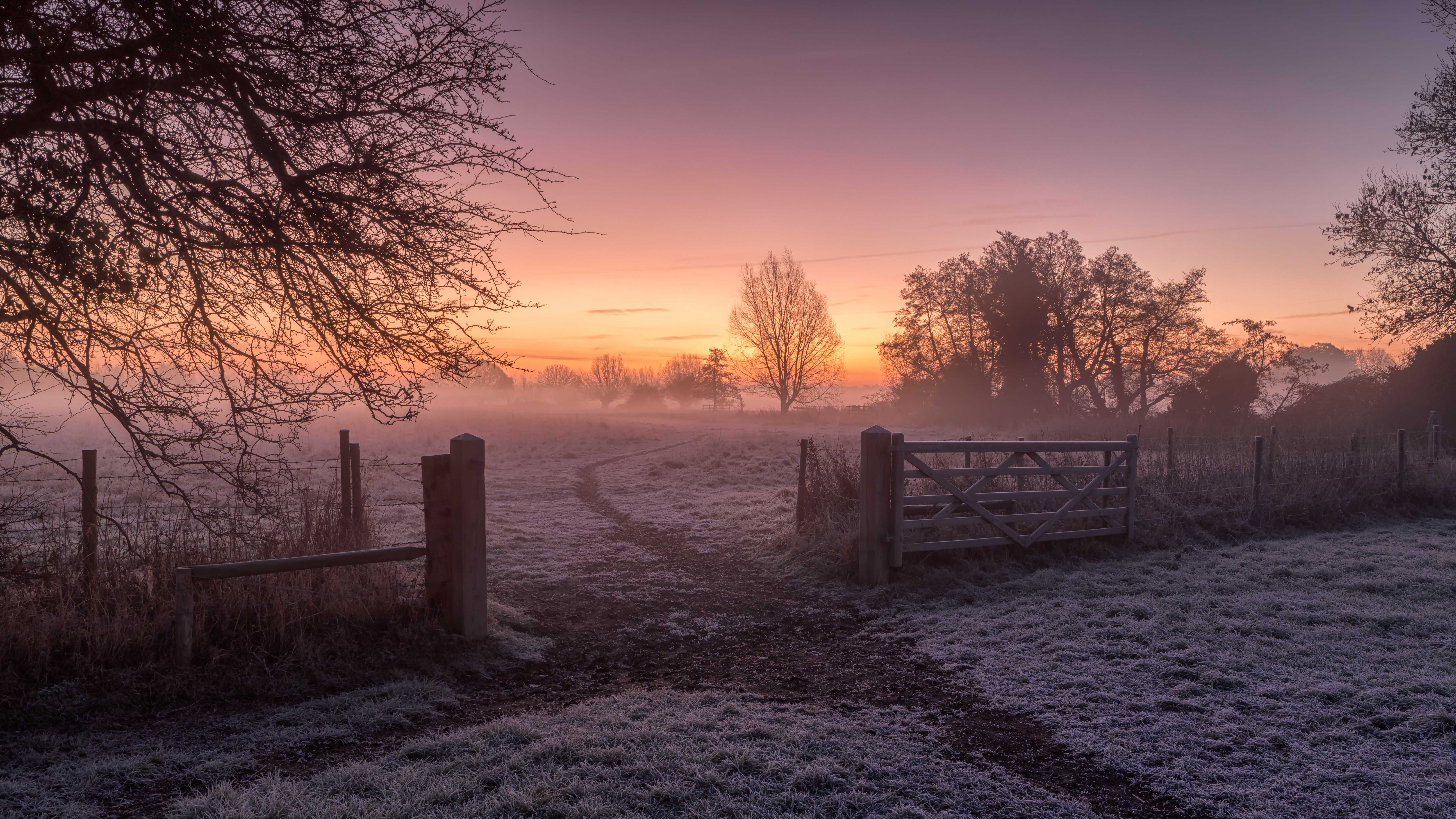
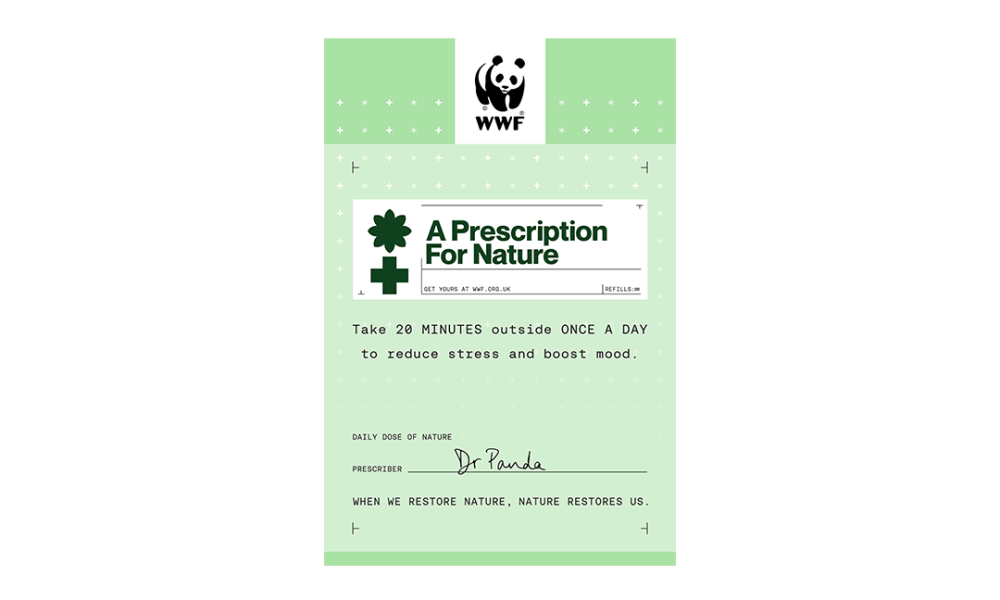
A dose of nature in your inbox
A dose of nature in your inbox
Join our mailing list to receive uplifting content that inspires you to connect with nature and support its restoration.

More ways to get involved

Mental health support
Mental health support
The Mental Health Foundation is a charity committed to building good mental health in the UK, offering evidence-backed advice and resources, and developing better ways to support good mental health in every community.

